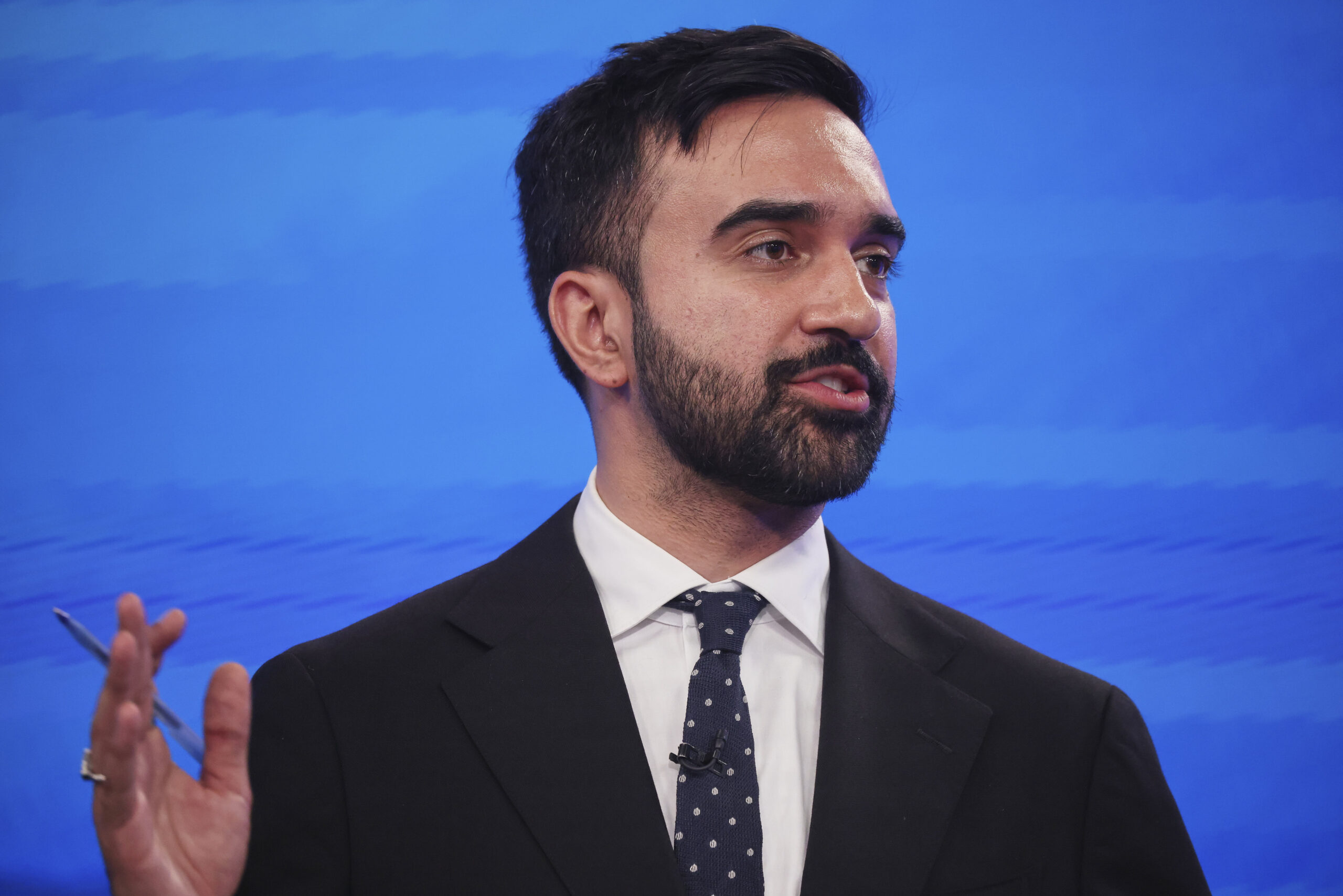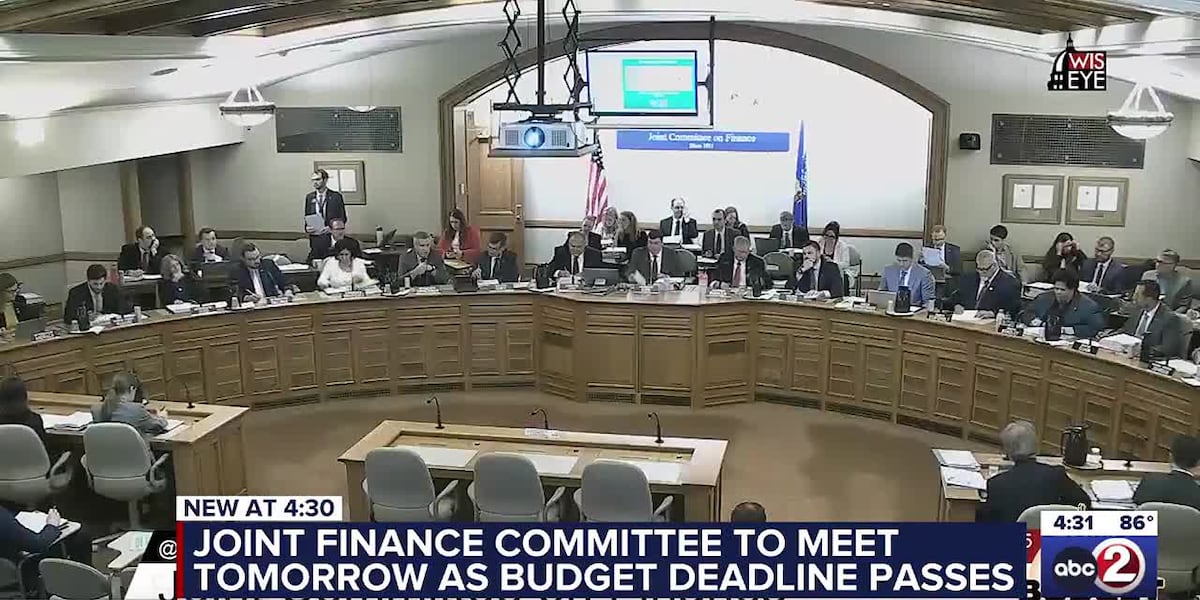Blue Bonds: Funding Ocean Health for a Stable Climate - A South African Perspective

Understanding Blue Bonds: A Vital Tool for Ocean Conservation
Climate change is a global challenge, and while green finance has gained significant traction, a crucial element often overlooked is the health of our oceans. Enter blue bonds – innovative financial instruments designed to fund projects that protect and restore marine ecosystems. This isn't just about saving coral reefs or ensuring sustainable fishing; it's a cornerstone of climate stability, particularly relevant for a nation like South Africa with its extensive coastline and reliance on marine resources.
What are Blue Bonds and How Do They Work?
Blue bonds are essentially debt instruments, similar to green bonds, but with a focused purpose: financing projects that benefit the ocean. They work by allowing governments, development banks, or private entities to raise capital by issuing bonds to investors. The funds raised are then earmarked for specific ocean-related initiatives. Think of it as borrowing money to invest in the health of our seas.
The Marine Ecosystem Connection to Climate Stability
The ocean plays a vital role in regulating the Earth’s climate. It absorbs a significant portion of the carbon dioxide released into the atmosphere and influences weather patterns globally. Healthy marine ecosystems, such as coral reefs, mangroves, and seagrass beds, act as natural carbon sinks, further mitigating climate change. Damage to these ecosystems releases stored carbon and reduces their ability to absorb more, exacerbating the problem. Therefore, investing in their protection is a direct investment in a stable climate.
Examples of Blue Bond Projects
The possibilities for blue bond funding are vast. Here are just a few examples:
- Coral Reef Restoration: Funding projects to restore damaged coral reefs, providing habitat for marine life and protecting coastlines from erosion.
- Sustainable Fisheries Management: Supporting initiatives that promote responsible fishing practices and prevent overfishing.
- Mangrove Reforestation: Planting mangroves, which are highly effective carbon sinks and provide crucial coastal protection.
- Marine Protected Areas: Establishing and managing marine protected areas to conserve biodiversity and allow fish stocks to recover.
- Reducing Marine Pollution: Funding projects to reduce plastic pollution and other harmful pollutants in the ocean.
Blue Bonds in South Africa: A Growing Opportunity
South Africa, with its rich marine biodiversity and significant coastal communities, stands to benefit greatly from the rise of blue bonds. The country faces challenges from climate change, including rising sea levels, ocean acidification, and changing fish stocks. Blue bonds can provide a crucial source of funding to address these challenges and build a more resilient and sustainable future for our oceans and coastal communities. We are seeing increasing interest from both local and international investors in supporting these types of initiatives.
The Future of Blue Finance
As awareness of the ocean's vital role in climate stability grows, blue finance is expected to play an increasingly important role in the global effort to combat climate change. With clear standards and robust monitoring mechanisms, blue bonds can unlock significant investment in ocean conservation and contribute to a healthier planet for all. It's time to recognize the ocean not just as a resource, but as a critical partner in our fight against climate change, and blue bonds offer a powerful tool to achieve this.






